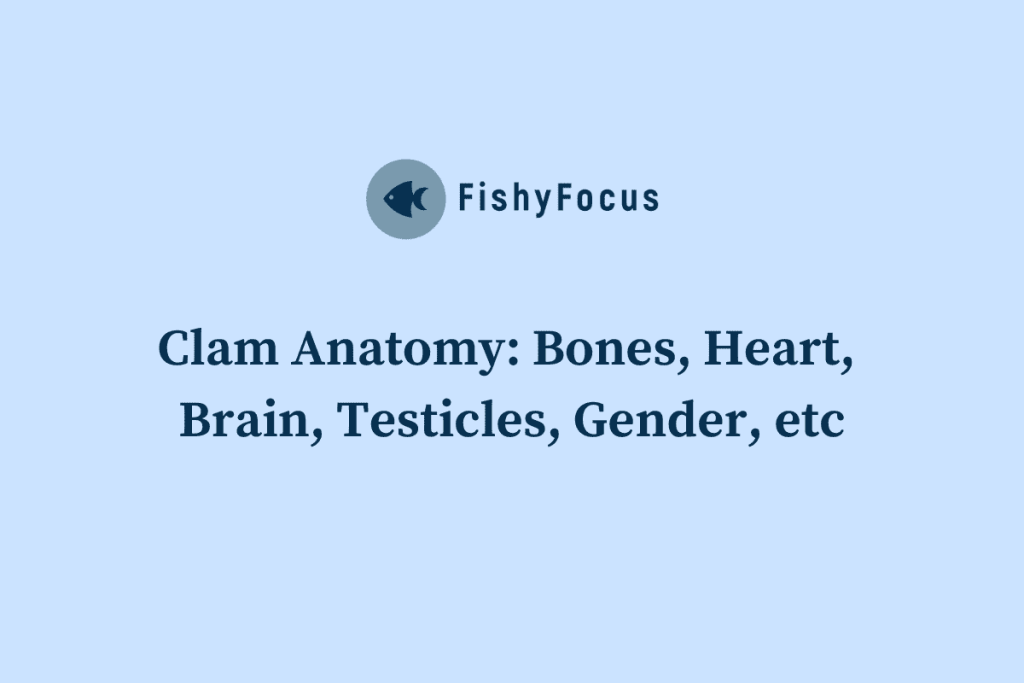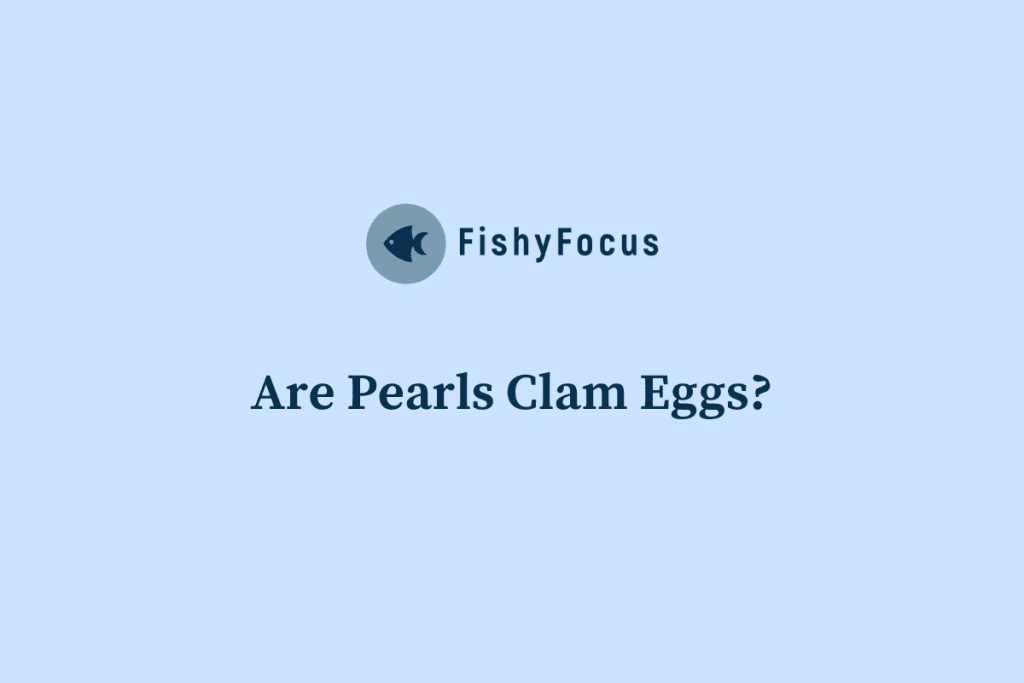Clams are bivalve mollusks that play a crucial role in aquatic ecosystems. They are filter feeders, meaning they extract food particles from the water by filtering it through their gills. Clams are important for maintaining water quality as they help remove excess nutrients and organic matter from the water column. Additionally, clams provide habitat and food for other organisms, such as fish and birds.
Clams have specific habitat preferences that determine their distribution and abundance in aquatic environments. They are typically found in areas with suitable substrate, such as sand or mud, where they can burrow and anchor themselves. Clams also require specific water conditions, including temperature, dissolved oxygen levels, and salinity. These habitat preferences vary among different species of clams.
Key Takeaways
- Clams are bivalve mollusks that live in both freshwater and saltwater environments.
- Lakes and oceans have different physical and chemical characteristics that affect clam survival.
- Water quality, temperature, and sediment composition are important factors for clam survival in lakes.
- Clams play an important role in maintaining water quality and ecosystem health in lakes.
- Common types of clams found in lakes include the eastern elliptio, the fingernail clam, and the Asian clam.
Understanding the Differences between Lakes and Oceans
Lakes and oceans are two distinct types of aquatic environments with different physical and chemical characteristics. Lakes are inland bodies of water that are surrounded by land, while oceans are vast bodies of saltwater that cover a large portion of the Earth’s surface.
One key difference between lakes and oceans is their size. Oceans are much larger than lakes and have a greater volume of water. This difference in size affects the physical properties of the water, such as temperature and currents. Oceans also have higher salinity levels compared to lakes, which can impact the survival of clams.
The chemical composition of lakes and oceans also differs. Lakes tend to have lower levels of dissolved salts compared to oceans. This difference in salinity can affect the osmoregulation of clams, as they need to maintain a balance of salts and water within their bodies.
Factors that Determine Clam Survival in Lakes
Several factors influence the survival of clams in lake environments. One important factor is temperature. Clams have specific temperature ranges in which they can survive and reproduce. Extreme temperatures, either too hot or too cold, can be detrimental to clam populations.
Dissolved oxygen levels are another critical factor for clam survival. Clams rely on oxygen dissolved in the water for respiration. If the oxygen levels in the lake are too low, clams may suffocate and die. Factors such as eutrophication, which leads to excessive algal growth and subsequent oxygen depletion, can negatively impact clam populations.
The type of sediment in the lake also affects clam survival. Clams prefer sandy or muddy substrates where they can burrow and anchor themselves. If the sediment is too rocky or compacted, clams may have difficulty finding suitable habitat.
Importance of Water Quality for Clams in Lakes
Water quality plays a crucial role in the survival and health of clams in lakes. Clams are highly sensitive to changes in water quality, and pollution can have severe impacts on their populations.
One of the most significant threats to clam populations is water pollution. Common pollutants that can harm clams include heavy metals, pesticides, and nutrients from agricultural runoff. These pollutants can accumulate in clams’ tissues and cause physiological stress or even death.
Water clarity is another important aspect of water quality for clams. Clams rely on visual cues to detect predators and find food. If the water is turbid or murky due to excessive sedimentation or algal blooms, clams may have difficulty surviving.
Common Types of Clams Found in Lakes
There are several different types of clams that can be found in lakes around the world. Some common examples include freshwater mussels (Unionidae family) and fingernail clams (Sphaeriidae family).
Freshwater mussels are large bivalves that are often found in rivers and lakes. They have a unique life cycle that involves a parasitic stage on fish hosts. Freshwater mussels are filter feeders and play a crucial role in maintaining water quality by filtering out excess nutrients and organic matter.
Fingernail clams are small bivalves that are commonly found in lakes and ponds. They have a thin, translucent shell and are often found buried in the sediment. Fingernail clams are important indicators of water quality, as they are highly sensitive to changes in pollution levels.
Adaptations that Help Clams Survive in Lakes
Clams have evolved several physical and behavioral adaptations that help them survive in lake environments. One important adaptation is their ability to burrow into the sediment. Clams have a muscular foot that they use to dig into the substrate and anchor themselves. This adaptation allows them to avoid predation and find suitable habitat.
Clams also have a siphon system that allows them to filter feed efficiently. They use their siphons to draw water into their bodies, where they extract food particles and oxygen. This adaptation enables clams to obtain nutrients from the water column and survive in nutrient-poor environments.
Some species of clams have developed behavioral adaptations to avoid predation. For example, some freshwater mussels can release glochidia, which are specialized larvae that attach to fish hosts. This strategy allows the mussels to disperse to new areas and avoid predation by staying attached to the fish until they reach a suitable habitat.
Challenges Faced by Clams in Lake Ecosystems
Clams face several challenges in lake ecosystems that can impact their survival and abundance. One common challenge is competition with other organisms for resources such as food and habitat. Invasive species, such as zebra mussels, can outcompete native clams for space and resources, leading to declines in native clam populations.
Another challenge is predation. Clams are preyed upon by a variety of organisms, including fish, birds, and mammals. Predation pressure can be particularly high in shallow areas of lakes, where clams are more exposed to predators.
Human activities can exacerbate these challenges for clams in lake ecosystems. Pollution from industrial and agricultural sources can degrade water quality and harm clam populations. Overfishing can also have negative impacts on clam populations, as it can disrupt the balance of the ecosystem and remove important predators or competitors.
Benefits of Clams in Lake Environments
Clams provide several ecological and economic benefits in lake environments. One of the most important benefits is their role in nutrient cycling. Clams filter large volumes of water, removing excess nutrients such as nitrogen and phosphorus. This helps prevent eutrophication and maintains water quality in lakes.
Clams also provide habitat for other organisms. Their burrowing activities create small cavities in the sediment, which can be used by other benthic organisms as shelter. Additionally, clams serve as a food source for a variety of predators, including fish, birds, and mammals.
From an economic perspective, clams have commercial value as a food source. They are harvested for human consumption in many parts of the world. Clam fisheries can provide employment opportunities and contribute to local economies.
Human Impact on Clam Populations in Lakes
Human activities can have significant impacts on clam populations in lakes. Pollution from industrial and agricultural sources is one of the most significant threats to clam populations. Pollutants such as heavy metals and pesticides can accumulate in clams’ tissues and cause physiological stress or even death.
Overfishing is another major threat to clam populations. When clams are harvested at unsustainable rates, their populations can decline rapidly. This can have cascading effects on the ecosystem, as clams play a crucial role in nutrient cycling and maintaining water quality.
Habitat destruction is another consequence of human activities that can impact clam populations. The construction of dams or the dredging of lakes can destroy or alter the suitable habitat for clams. This can lead to declines in clam populations and a loss of their ecological functions.
Conservation and Management Strategies for Clams in Lakes
To protect clam populations in lakes, conservation and management strategies are necessary. One important strategy is the establishment of protected areas where clam populations can thrive without disturbance. These protected areas can serve as refuges for clams and help maintain their populations.
Monitoring and regulating human activities in lake ecosystems is also crucial for clam conservation. Regular monitoring of water quality can help identify pollution sources and take appropriate actions to reduce pollution levels. Additionally, regulations on fishing practices can help prevent overfishing and ensure sustainable harvests.
Restoration efforts, such as habitat restoration and reintroduction programs, can also be effective in recovering clam populations. Restoring suitable habitat and reintroducing clams into degraded areas can help rebuild their populations and restore their ecological functions.
In conclusion, clams are important organisms in lake ecosystems, playing a crucial role in nutrient cycling and water quality. They have specific habitat preferences and adaptations that allow them to survive in lake environments. However, clams face several challenges, including pollution, predation, and habitat destruction, which can impact their populations. Conservation and management strategies are necessary to protect clam populations and ensure the health of lake ecosystems.
FAQs
What are clams?
Clams are bivalve mollusks that live in marine and freshwater environments. They have two shells that protect their soft body and are filter feeders.
Can clams live in lakes?
Yes, clams can live in lakes. Some species of freshwater clams are adapted to living in lakes and other freshwater bodies.
What types of lakes do clams live in?
Clams can live in a variety of freshwater lakes, including natural lakes, man-made lakes, and reservoirs. They prefer lakes with sandy or muddy bottoms and slow-moving water.
What do clams eat in lakes?
Clams in lakes are filter feeders and eat small particles of organic matter, such as algae, bacteria, and plankton, that they filter from the water.
What is the role of clams in lakes?
Clams play an important role in freshwater ecosystems by filtering water and removing excess nutrients, such as nitrogen and phosphorus, that can cause harmful algal blooms. They also provide food for other aquatic animals, such as fish and birds.
Are clams in lakes safe to eat?
Some species of freshwater clams in lakes are safe to eat, but others may contain harmful toxins or pollutants. It is important to check with local authorities and follow guidelines for safe consumption.



